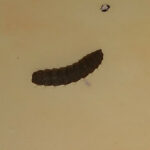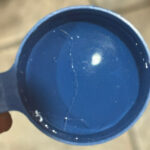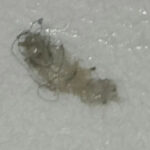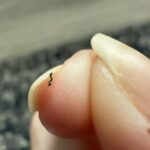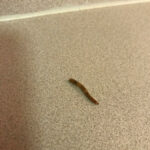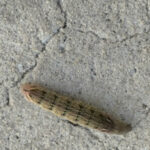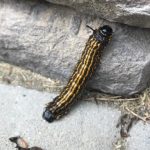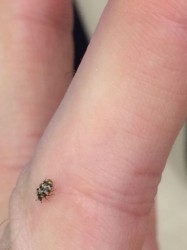At first glance, one may wonder how worms reproduce, how they eat, how they see, how they breathe, and how they protect themselves from predators. After all, worms’ bodies look like long slimy tubes with identical ends and no openings whatsoever. If you guessed that worms have no arms, legs, or eyes, you’re right! They do not have lungs either, so the worm “breathes” through its moist skin.
While worms do not have eyes, legs, arms or lungs, they do have bristles that help to protect them from predators (mostly birds) and they actually do have organs that allow them to reproduce. In fact, all worms have the ability to reproduce because worms are both male and female. The technical term for this condition is “hermaphrodite.” Worms mate by joining the swollen area near the head of the adult worm. This area is called the clitella. Once the clitella connect, the mating worms exchange sperm. This means that both worms become “pregnant” from the exchange by forming an egg capsule in each clitella.
Worms mate, regenerate, and eat in complete darkness. Simply put, worms prefer darkness, so they tunnel into soil and remain there until the sun goes down or until some outside force, whether it’s the rain or another animal, forces them to the surface. Worms prefer complete darkness because the light affects them in the worst way. Light does not kill worms, but if worms spend too much time in the light (typically one hour), they become paralyzed. Worms cannot see the light, of course, but they can sense it. Their front end or “anterior” is the most sensitive to light.
If you happen to notice a worm is wiggling and writhing in the sunlight, but they are moving in a certain direction, chances are it’s heading towards the nearest dark place whether it’s back into the dirt, under a rock or a brick, under a leaf, or even under rubble or debris. While the sunlight or any type of light does not kill worms, dry skin will. Worms spend the vast majority of their time in moist soil, so the chances of worms drying out while buried in the moist earth are slim. In the hot sunlight, however, worms’ skin can easily dry out. In fact, worms don’t like the heat at all, although most worm sightings take place during the warmest months of the year. You may have seen the end result of a dried out worm on the sidewalk once or twice during your lifetime. The worm’s body appears flattened or “deflated” and it is “crispy” to the touch.
When you see a worm, if your first instinct is to squish it or step on it, don’t. These cold-blooded, slimy little creatures do serve an important purpose in our environment. Earthworm’s secret slime. This slime contains nitrogen, which is an extremely important nutrient for plant life. There are 4,400 different types of worms and roughly 2,700 types of earthworm. Fortunately, more than 50,000 earthworms can be found living per one acre of soil. So there’s plenty of nitrogen to go around!
All About Worms is always free, always reader-supported. Your tips via CashApp, Venmo, or Paypal are appreciated! Receipts will come from ISIPP Publishing.



